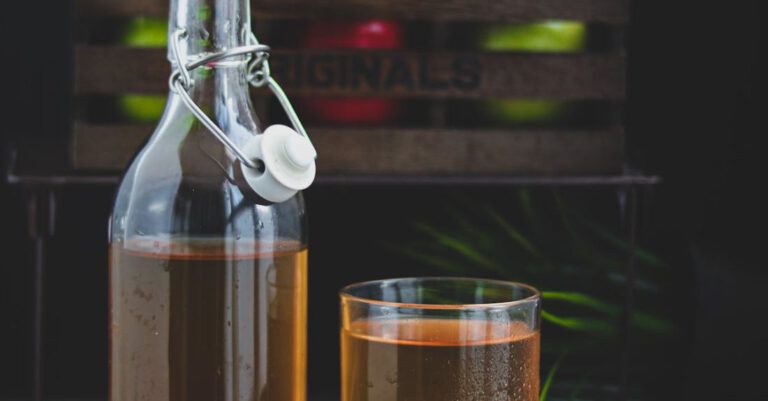
Cider is a delicious and refreshing beverage enjoyed by many around the world. Whether you prefer sweet or dry cider, one thing is for sure – proper storage is essential to maintaining its quality and flavor. Improper storage can lead to the cider becoming flat, sour, or even developing off flavors. In this article, we will discuss the best practices for storing cider to ensure it stays fresh and tasty for as long as possible.
**Choosing the Right Storage Location**
The first step in properly storing cider is selecting the right location. Ideally, cider should be stored in a cool, dark place away from direct sunlight and heat sources. Exposure to sunlight and high temperatures can cause the cider to spoil more quickly and lose its flavor. A dark and cool environment, such as a cellar or a refrigerator, is best for preserving the quality of the cider.
**Optimal Temperature and Humidity**
Temperature and humidity play crucial roles in cider storage. The ideal temperature for storing cider is between 45-55°F (7-13°C). Storing cider at temperatures that are too high can accelerate the oxidation process, leading to off flavors and spoilage. Additionally, maintaining a consistent humidity level of around 60-70% can help prevent the corks from drying out and the cider from becoming exposed to excess air, which can negatively impact its taste.
**Proper Sealing and Closure**
Ensuring that the cider is properly sealed and closed is essential for maintaining its freshness. If you have purchased bottled cider, make sure the bottles are tightly sealed to prevent air from entering. For ciders that come in cans, ensure that the lids are securely closed. Once a bottle or can has been opened, it is best to consume the cider within a few days to prevent it from going flat or developing off flavors.
**Horizontal vs. Vertical Storage**
When storing cider bottles, you may wonder whether it is better to store them horizontally or vertically. While storing bottles horizontally can keep the cork moist and prevent it from drying out, it is essential to store them vertically if they have twist-off caps or synthetic corks. Storing them vertically ensures that the cider is not in contact with the cork, reducing the risk of contamination and spoilage.
**Avoiding Strong Odors**
Cider can easily absorb odors from its surroundings, which can affect its flavor. It is crucial to store cider away from strong-smelling foods, chemicals, or other substances that could taint its taste. Keeping cider in a separate area or container away from these odors can help preserve its original flavor profile.
**Regularly Checking for Spoilage**
To ensure that your cider stays fresh, it is essential to periodically check for signs of spoilage. If you notice any unusual smells, flavors, or changes in appearance, such as cloudiness or sediment, it may indicate that the cider has gone bad and should be discarded. Additionally, checking the expiration date on the bottle or can can help you determine the cider’s freshness.
**Conclusion: Preserving the Flavor of Your Cider**
Proper storage is key to preserving the flavor and quality of your favorite cider. By choosing the right storage location, maintaining optimal temperature and humidity, ensuring proper sealing and closure, and avoiding strong odors, you can enjoy your cider at its best. Remember to store cider bottles horizontally or vertically based on the closure type and regularly check for signs of spoilage to ensure that your cider stays fresh and delicious for as long as possible. Cheers to enjoying perfectly stored cider!





